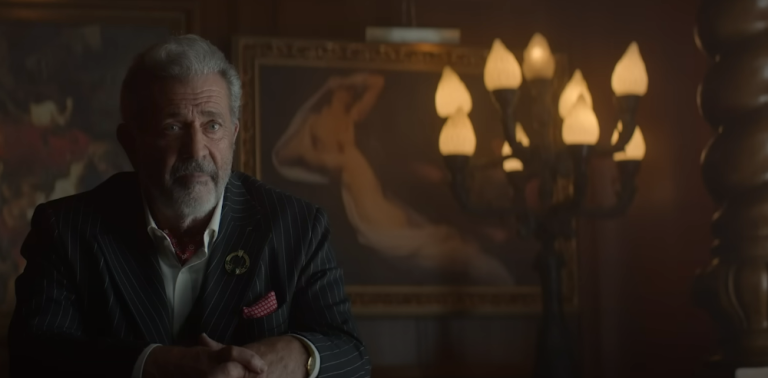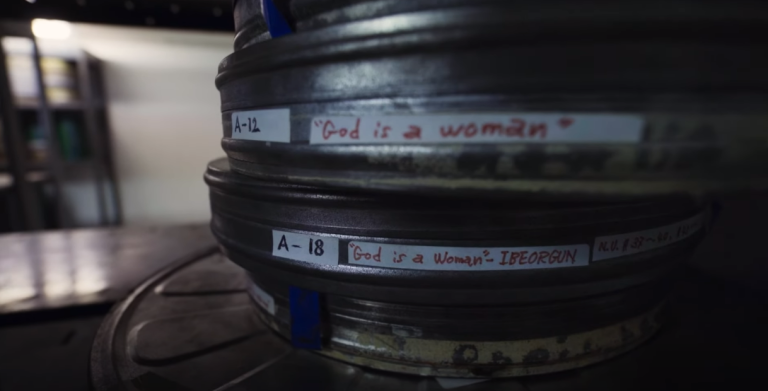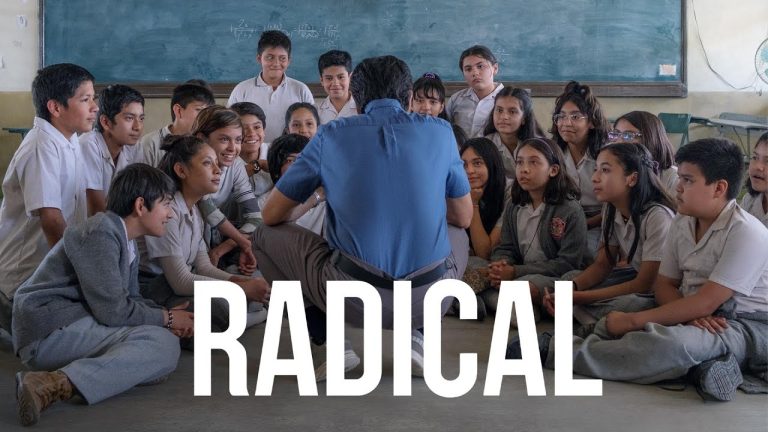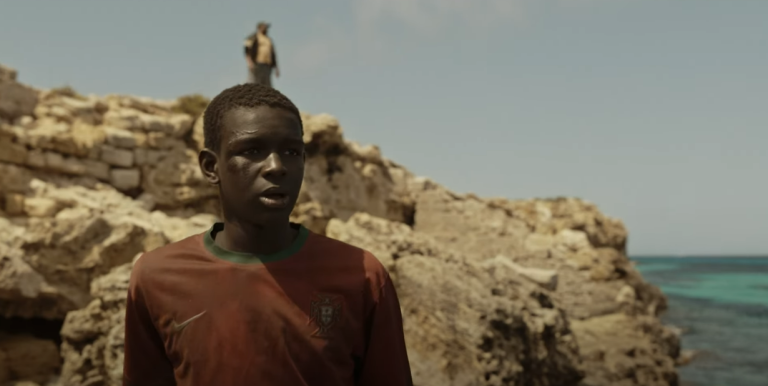
Seven months ago, I was profoundly affected by Jonathan Glazer’s film adaptation of Martin Amis’ novel, “The Zone of Interest.” Its radical approach to portraying the Holocaust lingers in my mind, challenging conventional narratives and pushing boundaries. Unlike many other films on this subject, which often aim for viewers to bear witness to the unfathomable suffering, Glazer’s rendition goes beyond mere witnessing. It leaves an indelible mark by evoking an unsettling sense of purity—a sanitized portrayal that eerily resonates with contemporary issues.
Some may perceive Glazer’s approach as purely formal, dismissing it as an exercise in crafting atmosphere. However, by daring to narrate the story from a German perspective, he confronts both himself and the audience with uncomfortable truths. Rudolf Höss, portrayed by Christian Friedel, isn’t portrayed as a stereotypical villain but as a man leading an ostensibly ordinary life with his family amidst picturesque surroundings. This juxtaposition between domestic bliss and the horrors he oversees at Auschwitz leaves a haunting impression.

Glazer’s deliberate choice to keep the camp mostly unseen, relying on sound to convey its horrors, adds another layer of complexity to the narrative. This dual approach, presenting one storyline through visuals and another through sound, creates a palpable tension that profoundly affects the viewer.
While some may initially yearn for explicit depictions of brutality, the film’s restraint prompts us to confront the atrocities in a different, perhaps more visceral manner. By delving into the psychological and emotional toll of the Holocaust, Glazer compels us to confront uncomfortable truths about human nature and complicity.

At its core, “The Zone of Interest” transcends the conventions of traditional Holocaust films. It serves as a meditation on the nature of evil, the complicity of ordinary individuals, and the enduring trauma left in its wake. Glazer’s bold artistic choices and meticulous attention to detail transform it into a haunting and unforgettable cinematic experience that reverberates long after the credits roll.
Central to the film’s exploration is the deeply disturbing intimacy within the Höss family and their profiteering from destruction—a theme that underscores the moral depravity and complicity of those involved in the Holocaust. Scenes depicting Rudolf’s son casually handling gold teeth or Hedwig trying on a fur coat adorned with the previous owner’s lipstick serve as stark reminders of their callous disregard for the lives lost in the concentration camps.
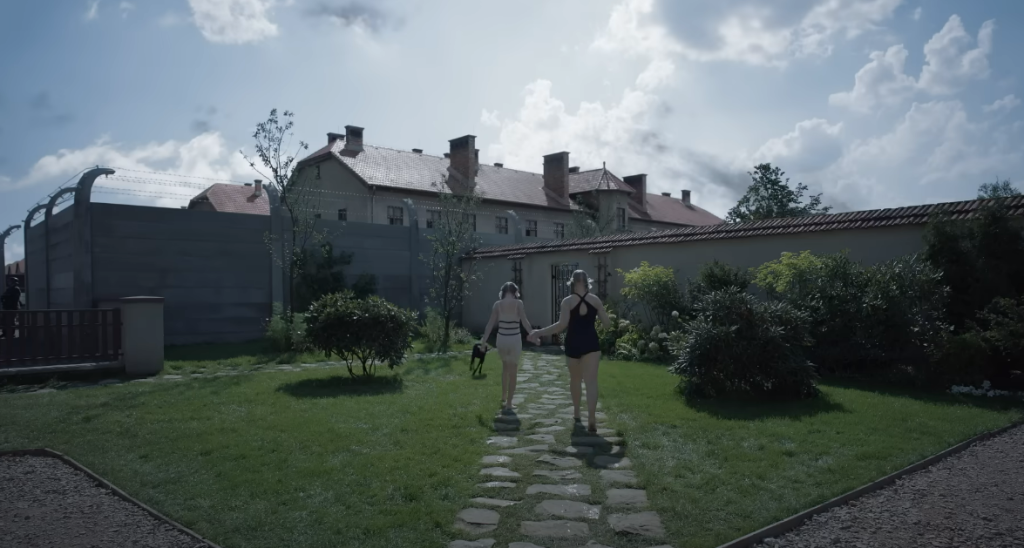
The contrast between the family’s comfortable lifestyle and the horrors of Auschwitz is most evident when Hedwig’s mother visits. Initially impressed by their seemingly idyllic home, her horror upon learning the truth about Rudolf’s activities reveals the jarring dichotomy between appearances and reality.
Throughout the narrative, the Höss family’s relentless efforts to maintain a facade of normalcy are emphasized, with scenes depicting Jewish prisoners cleaning Rudolf’s boots or the meticulous cleaning rituals after encounters with the camp’s filth. This constant tidying up serves to obscure the true nature of their actions, perpetuating a cycle of deception and denial.
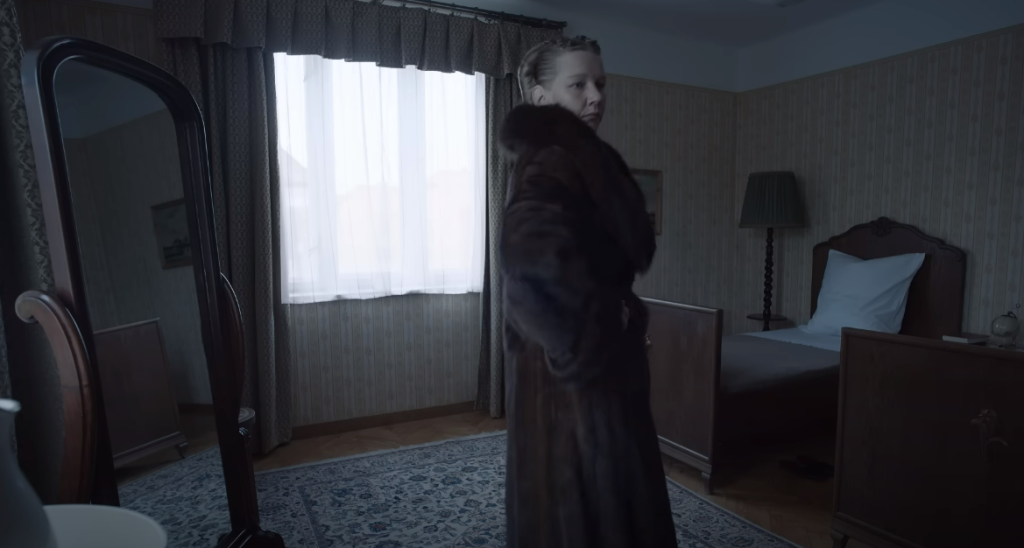
Mica Levi’s haunting score further enhances this theme, alternating between eerie dissonance and moments of clarity, mirroring the family’s attempts to polish their image while grappling with the grim reality of their complicity in genocide.
The pervasive use of white imagery symbolizes the theme of concealment and manipulation. Whether it’s pristine sheets or sterile office walls, white serves as a metaphor for the whitewashing of the truth, enabling the perpetrators to distance themselves from the brutality of their actions.
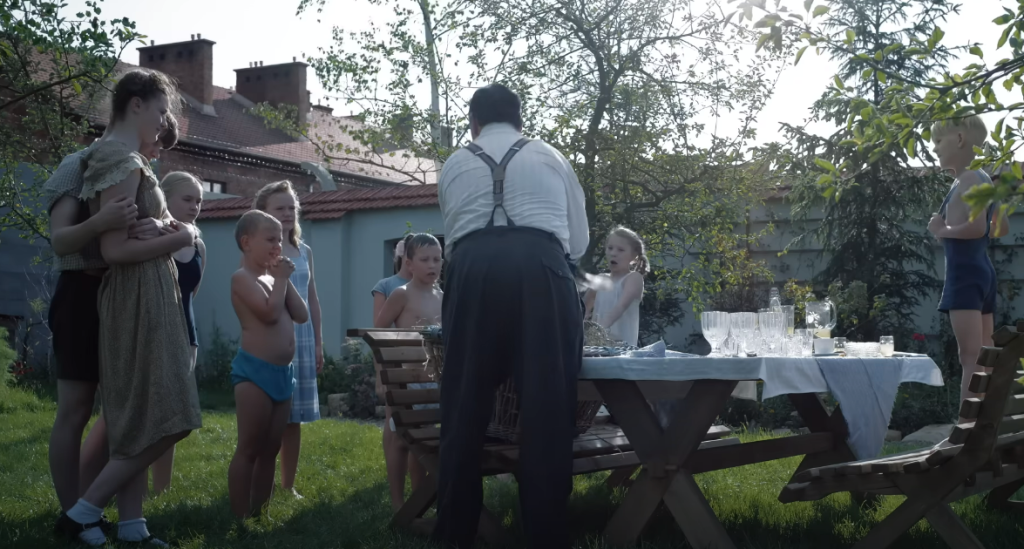
Ultimately, “The Zone of Interest” serves as a searing exploration of complicity and denial in the face of unimaginable evil. By confronting viewers with uncomfortable truths about humanity’s capacity for cruelty and indifference, it challenges us to confront the darkest aspects of human nature and reflect on our own roles in history.
| Aspect | Description |
|---|---|
| Radical Approach | Glazer’s innovative portrayal of the Holocaust challenges conventional narratives, evoking a discomforting sense of purity and resonating with contemporary issues. |
| German Perspective | By narrating the story from a German viewpoint, Glazer confronts both himself and the audience with uncomfortable truths, humanizing characters like Rudolf Höss beyond stereotypes. |
| Visual and Auditory | Glazer’s use of visuals and sound creates a palpable tension, with the camp’s horrors mostly unseen but vividly conveyed through auditory cues, forcing viewers to confront the atrocities in a different, visceral manner. |
| Psychological Impact | The film delves into the psychological and emotional toll of the Holocaust, prompting reflection on human nature and complicity, transcending traditional Holocaust narratives. |
| Family Dynamics | The Höss family’s intimate involvement in atrocities and their attempts to maintain a facade of normalcy highlight moral depravity and complicity, with scenes depicting callous disregard for the lives lost in the camps. |
| Symbolism | The pervasive use of white imagery symbolizes concealment and manipulation, reflecting the whitewashing of truth by perpetrators. |
| Overall Exploration | “The Zone of Interest” serves as a searing exploration of complicity and denial in the face of unimaginable evil, challenging viewers to confront uncomfortable truths about humanity’s capacity for cruelty and indifference. |

